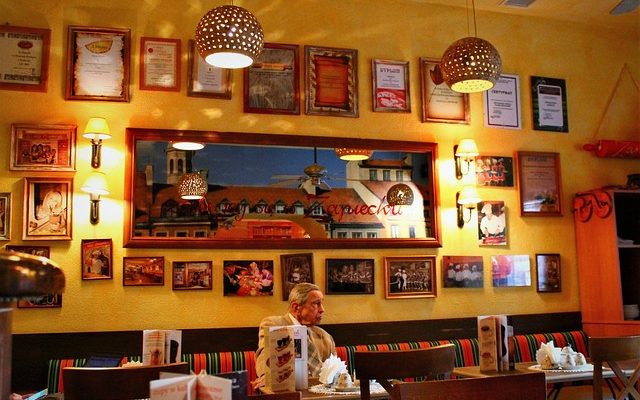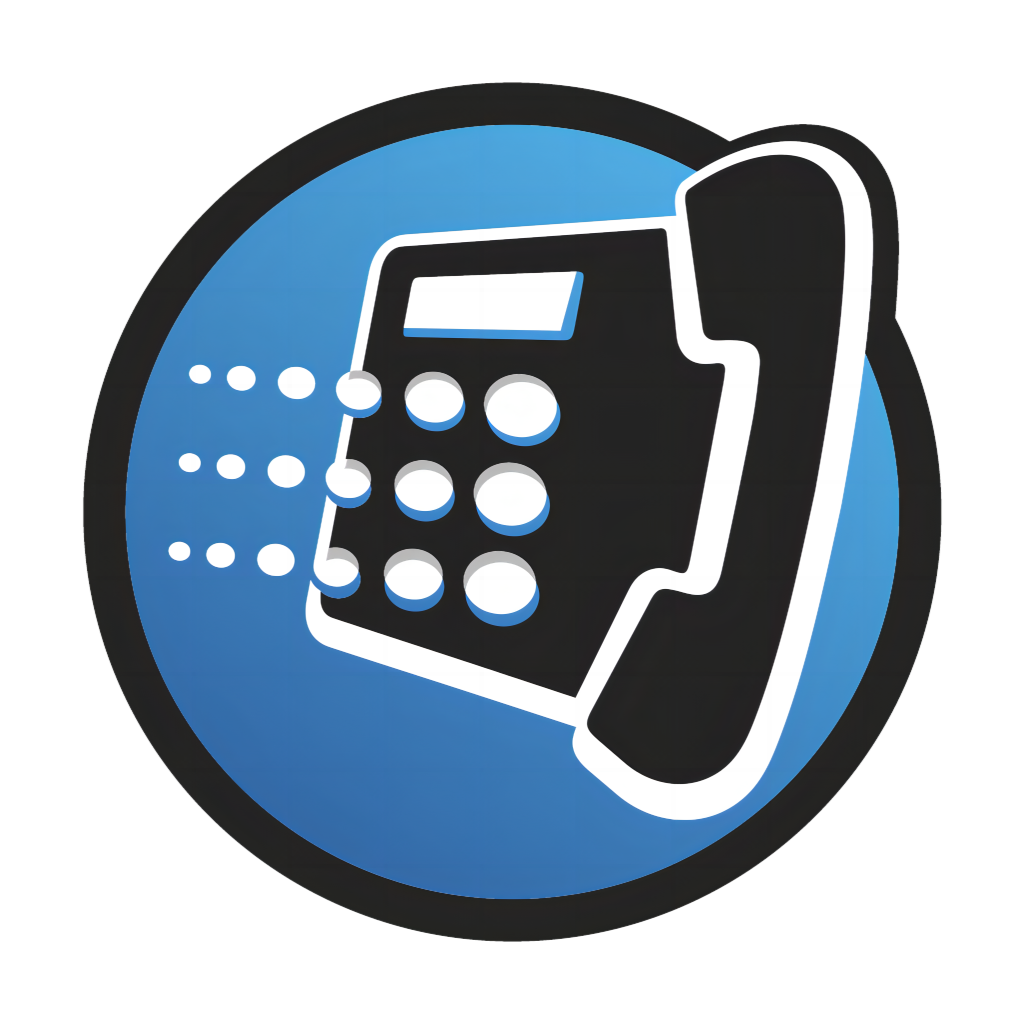Even before the frenzy of the K-Pop wave, South Korea has always been a unique place to explore. With high-tech infrastructure and a thick cultural vibe, this country gives you a journey like no other place.
As a unique country, there are a few things best for you to know before going there. Here are some of those:

1. K-ETA or Visa Requirements
In 2021, foreigners who visit South Korea without a visa are required to have a Korea Electronic Travel Authorization. Some countries get temporary exemptions for K-ETA or visa requirements, allowing you to enter the country with only your passport. Applications can be online, but print out the document for the immigration checkpoints.
2. Culture and Customs are Important for the Locals
Koreans are so proud of their culture that they are still holding tightly to it. While locals understand that you are from a different culture, making efforts to align with their culture is expected. The least you can do is not criticize or do the opposite of their belief.
Some of the local customs that are important to pay attention to are:
- Bow down while you are greeting, apologizing, and saying thanks.
- When introduced to someone, use both hands for a handshake, followed by a quick soft bow.
- Use both hands when giving or receiving something, such as gifts, money, and the goods you purchase at a store.
- Take off your shoes before entering a house, temple, or guesthouse.
- Koreans always disclose their ages when getting introduced because age hierarchy determines how you should address each person in this country.
3. South and North Korea Are Distinctly Different
Korea is not like Europe. You can’t easily walk through the borders between South and North Korea. On the contrary, those two countries are like two different worlds. North Korea isn’t even a popular tourist destination. It has strict regulations with possible harmful consequences. Do not enter without thorough research and preparation.
4. The Korean Hangul is Surprisingly Easy
Unlike Mandarin or Japanese letters, Korean is much easier to understand. Similar to the alphabet, Korean Hangul also has a phonetic system with consonant and vowel sounds.
Knowing how to read Hangul might not be necessary for a short stay. Most texts and signs in public places usually come with an English translation.
5. Google Maps Is Not Your Best Friend
Due to strict regulations in South Korea regarding data mapping, Google Maps does not have accurate and updated information regarding the country’s roads, buildings, and traffic. Hence, it is not a reliable platform to help you go around. South Korea has local navigation apps, KakaoMap and Naver, which provide much better service and information.
6. TMoney Card Can Save Your Money
T-Money is like a modern-style debit card that you can buy at a convenience store without requiring a formal application. Use this card for public transportation, thus eliminating the need to stand in line to buy tickets manually. It is also an acceptable payment method at most stores and some restaurants.
7. Data is Costly, But Free Wi-Fi is Everywhere
South Korea has one of the highest internet speeds in the world. Unfortunately, data plans from various providers are generally costly. However, on the contrary, it is almost effortless to get free Wi-Fi.
Almost all establishments have free Wi-Fi, including hotels and restaurants. Connections are mostly secure because South Korea has strict regulations regarding internet security.
8. SIM Cards Are Crazy Expensive, But A South Korea Toll-Free Number from MySecondLine is Incredibly Affordable
Conventional SIM cards in South Korea are so expensive that many hotels rent these things to tourists. Buying a brand-new card is not worth it if you don’t plan to use it for the long term. Unfortunately, reused SIM cards may pose a privacy risk. Plus, the rate to make calls is still expensive.
In a country where free Wi-Fi is everywhere, MySecondLine is a better option to get a South Korean toll-free number that you can use for calling your friends in this country. It is a virtual mobile phone system, which means its connection relies on the internet instead of signal towers. Besides having a low initial cost, the calling rates are also much lower compared to conventional SIM cards.
Registering a South Korean toll-free number may take 1-2 business days before you receive a confirmation message. You will also need to provide an ID or passport to get your registration approved. Hence, you better process it before your arrival date.
